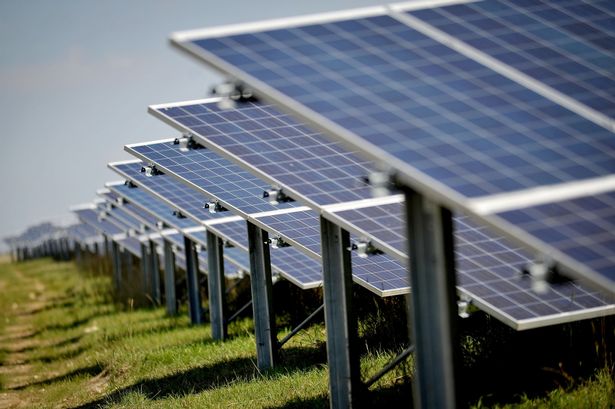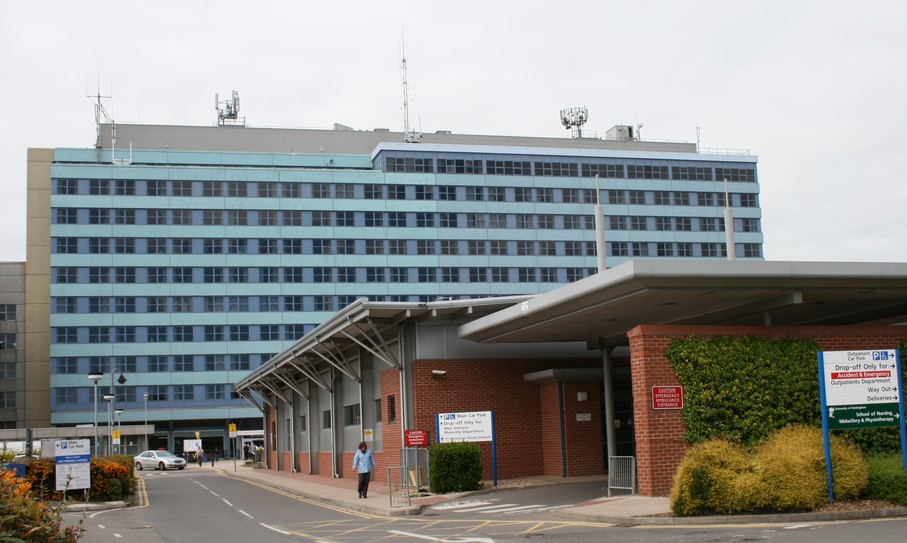Farmers can earn five times as much by putting solar panels on land than growing grain, it’s been claimed.
The Local Democracy Service has looked at why Lincolnshire is being targeted so much for solar farms.
The farming industry is currently facing a perfect storm which means many are being forced to look at alternate ways to stay afloat, writes Jamie Waller.
One farmer who had been approached by the Leoda Solar Farm developers previously told the Local Democracy Reporting Service “the money is colossal.”
He said owners could expect to earn £1,200 per acre used for solar farming – five times the amount if they could expect from growing grain.
Others warned they are ‘“very close to the edge’ as the farmers’ costs have risen but the price they are paid for food has flatlined over the last few years.
So why are so many companies seeing Lincolnshire as the ideal place?
The answer doesn’t lie in 21st century renewable energy technology, but back in the industrial past.
Solar farms require a grid connection with spare capacity in order to get the energy into people’s homes.
Lincolnshire’s local installations are clustered around the defunct coal-fired power stations which line the Trent Valley, such as Cottam, West Burton and High Marnham.
Many of these have come offline in the last two decades, with the final one – Nottingham’s Ratcliffe-on-Soar – shutting down for the last time in 2024.
Developers tend to use these connections as their starting points, and then look for suitable sites in the surrounding areas.
The largest approved solar farms – and those still waiting for permission – are utilising nearby land in western Lincolnshire around Gainsborough and Sleaford.
The same is true over the border in Nottinghamshire, with plenty of applications coalescing around Newark and Bassetlaw.
The flatness of the county’s rural landscape is also a bonus for developers.
Solar panels placed on hills can be seen for miles around, attracting complaints, but those on flat land can be more easily concealed behind hedges and trees.
It’s also easier to actually install and maintain the panels.
Large, unobstructed areas which are free from trees – often used as farmland – also prove attractive.
All of this would be moot if landowners weren’t willing to sell or rent out their land.
This combination of available grid connections and willing landowners mean that solar farms are likely to become an increasingly common sight in Lincolnshire as the country moves towards Net Zero.







